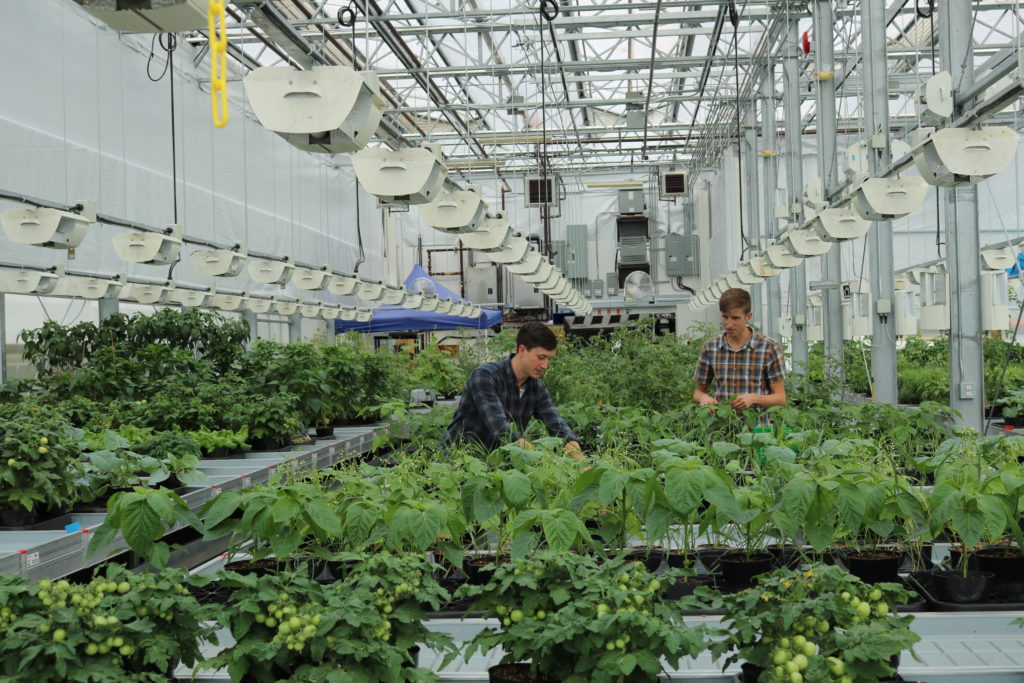From Shopify to Facebook and Twitter, we’ve heard a resounding cry that the centralized office is over. Remote work will now be a mainstay at those companies and many others, including my own. But while these past few months have absolutely changed my attitude toward having a decentralized workforce, there’s a bigger issue here that isn’t being discussed: an opportunity to rebuild our workplaces for the better.
In the past, office culture was largely dictated from on high, a collection of written and unwritten rules — on everything from office hours to dress code — that employees were expected to follow. Those who sought out flexible schedules or work-from-home arrangements were the outliers, with the onus falling on them to justify those requests and prove that non-traditional work styles don’t impact productivity.
The past few months have shown how needlessly restrictive many of these norms were. People can and will work (and thrive) under an extraordinary range of conditions. We’re finding new, different and better ways to work and discovering that one size doesn’t have to fit all. Indeed, the onus has now shifted entirely — it’s now on leaders to learn from this experience.
The future office culture is employee choice
Announcements about permanent remote work or “digital by default” might seem forward-thinking, but if those decisions aren’t being made based on input from the people they impact most — the teams, staff and employees that make the business tick — then it’s really just an example of business as usual. Top-down decrees about working hours and work style have dominated business culture for too long, leading to burnout, disengagement and resentment.
This reset is a golden opportunity to change that dynamic. The door is now open for leaders to engage in true collaboration with their employees and empower them to reimagine how working at their company should look.
So how do we avoid repeating the mistakes of the past as we rebuild the office of the future? Democratize the process. At our company, for example, we’ve convened a “Back-To-The-Future” task force composed of people from across the company who have been surveying the rest of the team to find out what arrangements work best for them. We’re still deep in the process of figuring out all the details, but a couple of clear directives have already emerged.
The era of the anytime office
From calls for a four-day work week to shift work in the office, COVID-19 has compelled companies the world over to explore alternatives to a typical 9-5. But while health and safety need to be the top priority, including teams in the process can help leaders come up with solutions they wouldn’t have considered.
Looking at our survey results, I wasn’t surprised to find that most people who work out of our headquarters aren’t keen on coming back into the office five days a week (most, including me, thought 2-3 days would be sufficient). I was surprised to learn, however, that some people wanted to drastically alter their work week, preferring to work evenings and weekends instead of a typical 9-5. A few even said they wanted to work at night!
This was critical intel that I wouldn’t have had if we hadn’t asked, and it’s essential in planning for our immediate and long-term future. As pandemic restrictions lift, our offices and facilities will be open 24/7 to allow our team to work when and how it works for them while also maintaining social distancing and proper safety protocols.

The reality is remote work does not work for everyone. We have plenty of positions that require coming into our labs and greenhouses, and we also have working parents who need to leave the house to focus, as well as people who live in small spaces without room for a desk. Some people simply prefer to work in an office environment, not to mention many of us still want time to connect with people in person. So, going “all-digital” by decree wasn’t a progressive option either.
Instead, we’re getting rid of designated workstations in favor of a flexible system where team members can book desks at the times and days (or nights) that work for them. In our labs and greenhouses, team leaders will be in charge of arranging shifts that align as much as possible with individual preferences. People can also coordinate with specific teams or colleagues if they want or need to overlap onsite.
There will be challenges to overcome, of course. We’ll need to beef up our security systems and ensure that no one is ever working alone. But the bigger picture is that we think this can work.

This pandemic was a forced test run of an office culture where employees got to set their work parameters according to their own work needs, preferences and rhythms. Considering a number of companies have found productivity has increased since going remote (and 77% of our team said remote output was as good or better than while working in the office), there’s no reason not to continue the experiment.
Autonomy can’t outweigh connection
Many businesses are swiftly learning that new setups like these require significant trust on top of the logistics. Without set schedules, it’s up to individuals to make sure they stay on top of their work and meet expectations for output. For some companies, this may be a dramatic culture shift; for others, it brings up questions of how to maintain team cohesion and connection.
We’ve never had an office culture of looking over each other’s shoulders, but our new arrangement presents a risk of going too far in the other direction. We’ve always attracted people who work well independently and more remote work challenges us to maintain the creative and collaborative spirit at the heart of our innovations. A core company value is We > I, meaning: We is greater than I. As much as we believe in personal responsibility, we also thrive on the moments of spontaneous collaboration that happen when we’re physically together. Recreating those moments that used to organically occur now must happen intentionally as protecting the creative processes that enable new discovery will be central to our success.
— Karn Manhas, CEO & Founder Terramera share
Socially, we’ve managed this by moving our weekly trivia events online and hosting drop-in video chats at lunch. We’ve even had a company book club emerge. For work collaboration, we’ve moved to Microsoft Teams for security reasons, and also because it allows for virtual “drop ins,” similar to casually swinging by a colleague’s desk (which I have a tendency to do!). We’re also experimenting with solutions for shared virtual white boards. Some collaborative and team-wide events may actually work better remotely, since getting 130 people in the same room every week is more difficult than hosting it online, where everyone can hear, see and participate.
This doesn’t mean that we won’t have in-person brainstorms or strategic sessions; we do, and we will. But it’s likely physical gatherings will become special occasions — and they may actually become more valuable and effective as a result.
It’s still very early days in what our post-COVID-19 culture will look like, and it will continue to evolve in the months and years ahead. But while the future of work is still being written, what’s increasingly clear is that going back to the old office culture in fact represents taking a step backward.
The target should no longer be getting people back in offices, just as they were before. Instead, leaders should be putting their teams in the driver’s seat, so we can work collaboratively and build a new culture that’s even better.


